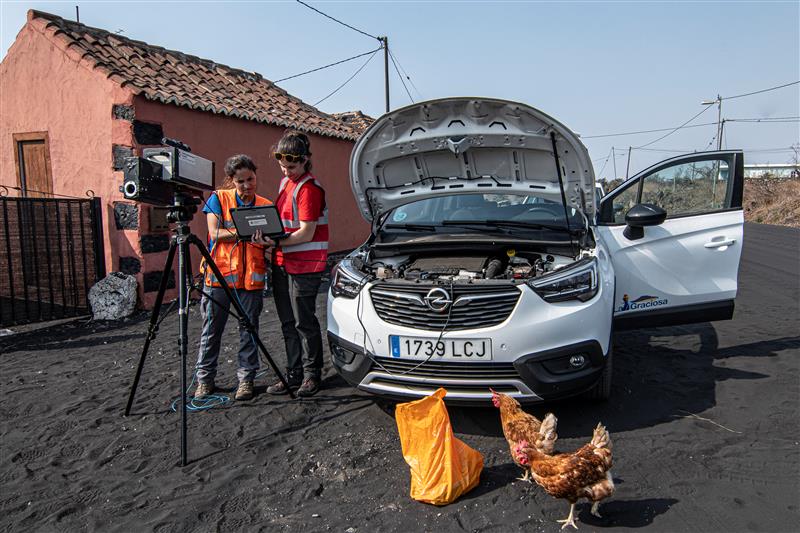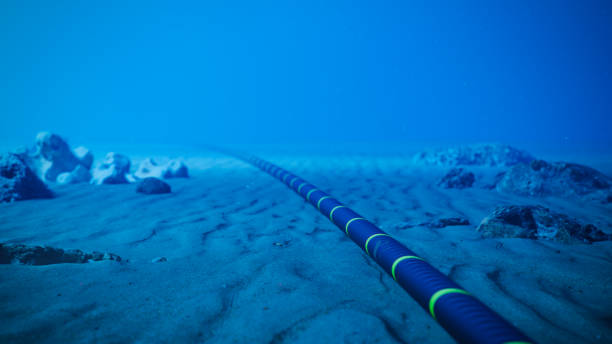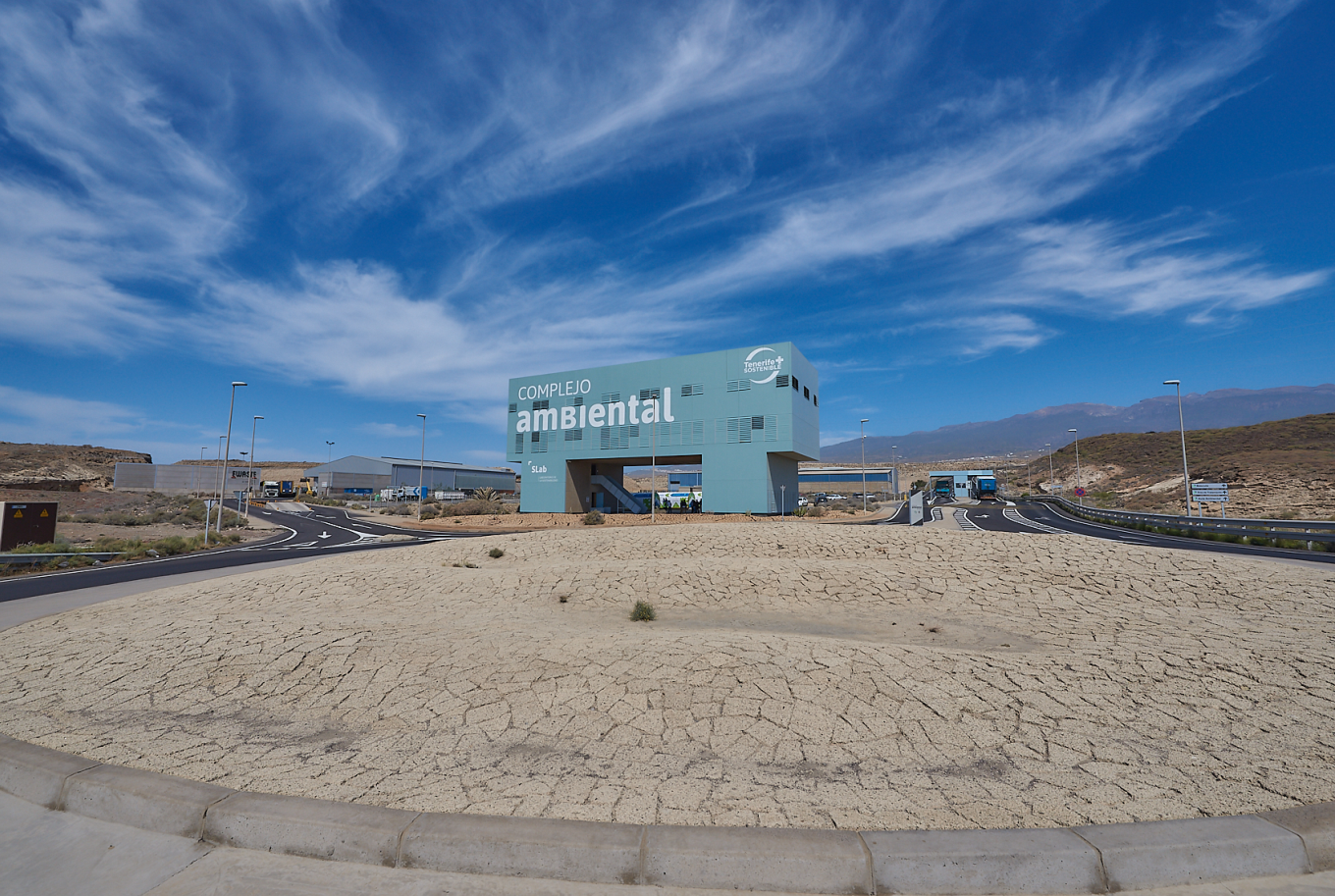This work represents the first detailed data set on magmatic gases collected during a subaerial eruption in the Canary archipelago.
The Volcanological Institute of the Canary Islands (INVOLCAN) and the University of Manchester (UK) have led a pioneering research that analyzes the chemical composition of the volcanic plume generated during the eruption of Tajogaite (La Palma) in 2021. This study, which employed advanced optical remote sensing techniques, has been published in the prestigious international journal Chemical Geology.
Researchers from the Environment area of the Instituto Tecnológico y de Energías Renovables (ITER) have also participated in this research, together with scientists from international institutions such as the Istituto Nazionale di Geofisica e Vulcanologia (INGV, Italy) and the Université Paris Cité (France), demonstrating the relevance of scientific cooperation to address complex volcanic processes.
Groundbreaking research on the volcanic plume
During the Tajogaite eruption, daily measurements on the chemical composition of the volcanic plume were carried out using open-path Fourier transform infrared spectroscopy (OP-FTIR). This tool allowed precise analysis of the proportions of gases such as carbon dioxide (CO₂), sulfur dioxide (SO₂), water vapor (H₂O), hydrochloric acid (HCl) and carbon monoxide (CO) emitted from the main eruptive vents.
Analysis of the data revealed significant differences in the chemical composition of the gases associated with the explosive and effusive eruptive styles, providing key information on the dynamics of the eruption.
This study highlights how gas fractionation in shallow magmatic conduction systems can influence eruptive activity. Furthermore, the observed CO2/SO2 ratios, some of the highest ever recorded for basaltic volcanoes, are consistent with the oxidized nature of the magma generated by the Tajogaite eruption and the typical chemical composition of ocean island basalts (OIB).
Impact and usefulness of the study
This work represents the first detailed dataset of magmatic gases collected during a subaerial eruption in the Canary archipelago. The results not only contribute to improve the knowledge about magma characteristics in the context of the Tajogaite eruption, but also highlight the potential of technologies such as OP-FTIR for real-time monitoring of volcanic eruptions.
Reference to Article:
- María Asensio-Ramos, Ana Pardo Cofrades, Mike Burton, Alessandro La Spina, Patrick Allard, José Barrancos, Catherine Hayer, Ben Esse, Luca D’Auria, Pedro A. Hernánndez, Eleazar Padrón, Gladys V. Melián and Nemesio M. Pérez (2025). Insights into magma dynamics from daily OP-FTIR gas compositions throughout the 2021 Tajogaite eruption, La Palma, Canary Islands. Chemical Geology, https://doi.org/10.1016/j.chemgeo.2024.122605
Caption:
- Photo 1 – María Asensio-Ramos (INVOLCAN) and Ana Pardo Cofrades (University of Manchester) measuring the chemical composition of the Tajogaite volcanic plume with OP-FTIR remote optical sensors (Photographer: Rafa Avero).
- Photo 2 – María Asensio-Ramos (INVOLCAN) and Alessandro La Spina (INGV) measuring the chemical composition of the Tajogaite volcanic plume with OP-FTIR remote optical sensors (Photographer: Fernando Ojeda).






